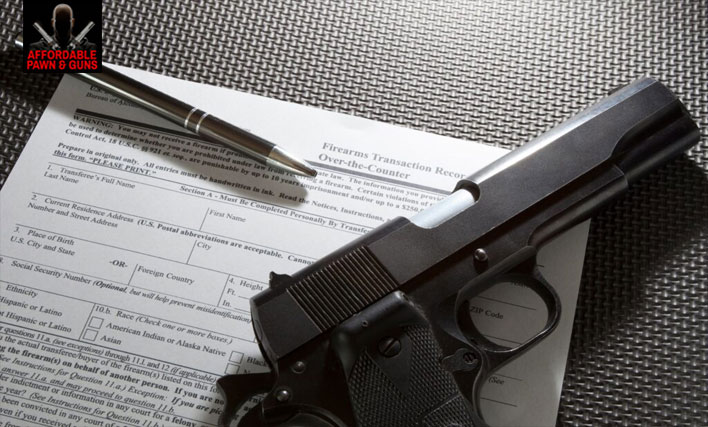
Overview:
This comprehensive guide aims to provide gun owners with a clear understanding of FFL transfers, which refer to the process of transferring firearms between federal firearms license (FFL) holders.
By breaking down the key aspects of FFL transfers into following ways, this guide aims to educate gun owners and ensure they navigate the transfer process correctly and legally:
1. Definition of FFL Transfers:
This section clarifies what FFL transfers entail and how they differ from private sales or transfers.
2. Why FFL Transfers are Necessary:
This section explains the legal requirement for FFL transfers in certain situations and the consequences of failing to comply.
3. Different Types of FFLs:
Here, the various types of FFL holders are enumerated, including manufacturers, dealers, and collectors, with explanations of the specific activities each license allows.
4. Using an FFL Dealer for Transfers:
Gun owners are encouraged to utilize the services of an FFL holder for transfers, along with the benefits and guarantees this option offers.
5. Identifying an FFL Dealer:
This section offers guidance on finding legitimate FFL dealers, ensuring compliance with all legal requirements.
6. Fees Associated with FFL Transfers:
Gun owners are informed about the typical fees charged by FFL dealers for their services and how to understand and compare these costs.
7. Required Documentation for FFL Transfers:
Detailed information is provided on the essential documents gun owners need to complete an FFL transfer, such as the ATF Form 4473 and the ATF Form 3.
8. Background Checks:
This section explains the background check process involved in FFL transfers, clarifying the requirements and potential outcomes for both buyers and sellers.
9. Waiting Periods:
Here, the concept of waiting periods in FFL transfers is explained, highlighting the variations between states and the factors that influence their duration.
10. Interstate Transfers:
Gun owners are guided through the requirements and procedures for transferring firearms across state lines, including the role of FFL dealers in facilitating these transfers.
Conclusion:
This comprehensive guide provides gun owners with valuable information and insights on FFL transfers. By understanding the definition, importance, types, and benefits of FFL transfers, gun owners can make informed decisions and ensure compliance with legal requirements. The guide also covers essential topics such as fees, documentation, background checks, waiting periods and interstate transfers. Armed with this knowledge, gun owners can confidently navigate the FFL transfer process and ensure the safe and legal transfer of firearms.
More Posts



.jpg)

